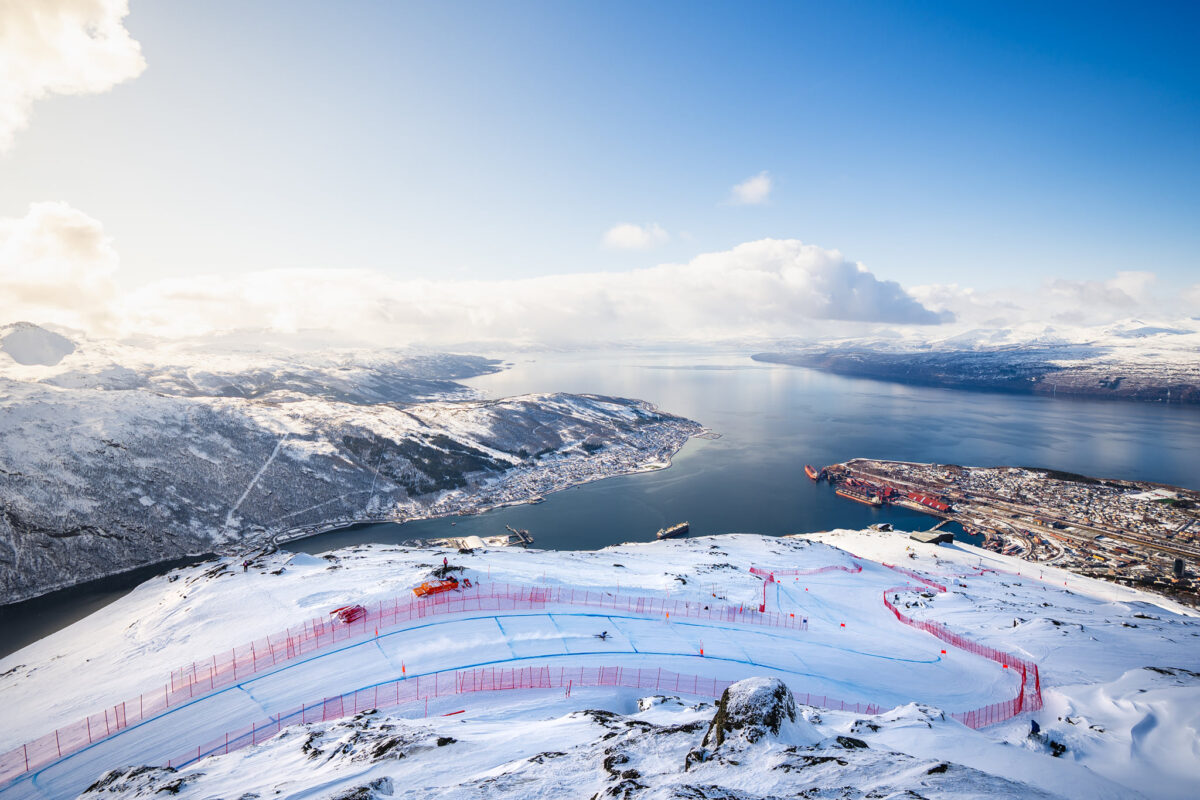As the world’s northernmost university, UiT the Arctic University aims to integrate the UN Sustainability Development Goals in not only research and teaching, but also in the core of everything we do.
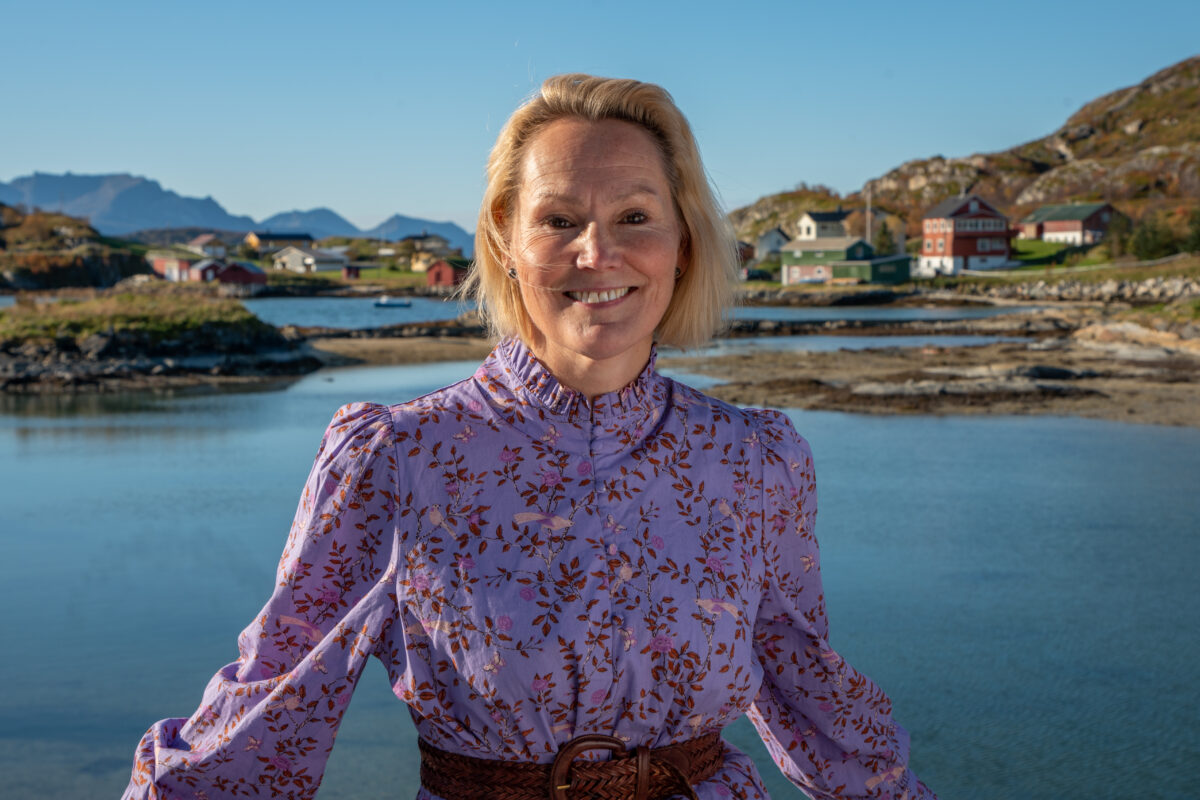
“We are dedicated to balancing social, economic, and ecological concerns, and while educating future generations in these principles. And we are particularly passionate about creating a sustainable everyday environment for our students and staff”, says Vice-Rector at UiT, Rikke Gürgens Gjærum.
A commitment to change
She is, among many things, responsible for the Arctic university’s SDG-portfolio. That includes working internally with basic practices like increasing recycling, limiting polluting travel and making sustainability a central consideration in the university’s purchasing strategy, all to comply with SDG 12 (Responsible consumption and production) and SDG 13 (Climate action).
Managing sustainability across UiT’s expansive presence in Northern Norway is no small feat. Spanning 762 kilometers from Kirkenes to Mo i Rana, our campuses face unique challenges.
“We cannot avoid internal travelling all together, but we aim to use digital meetings and other resources when possible,” says Gjærum.
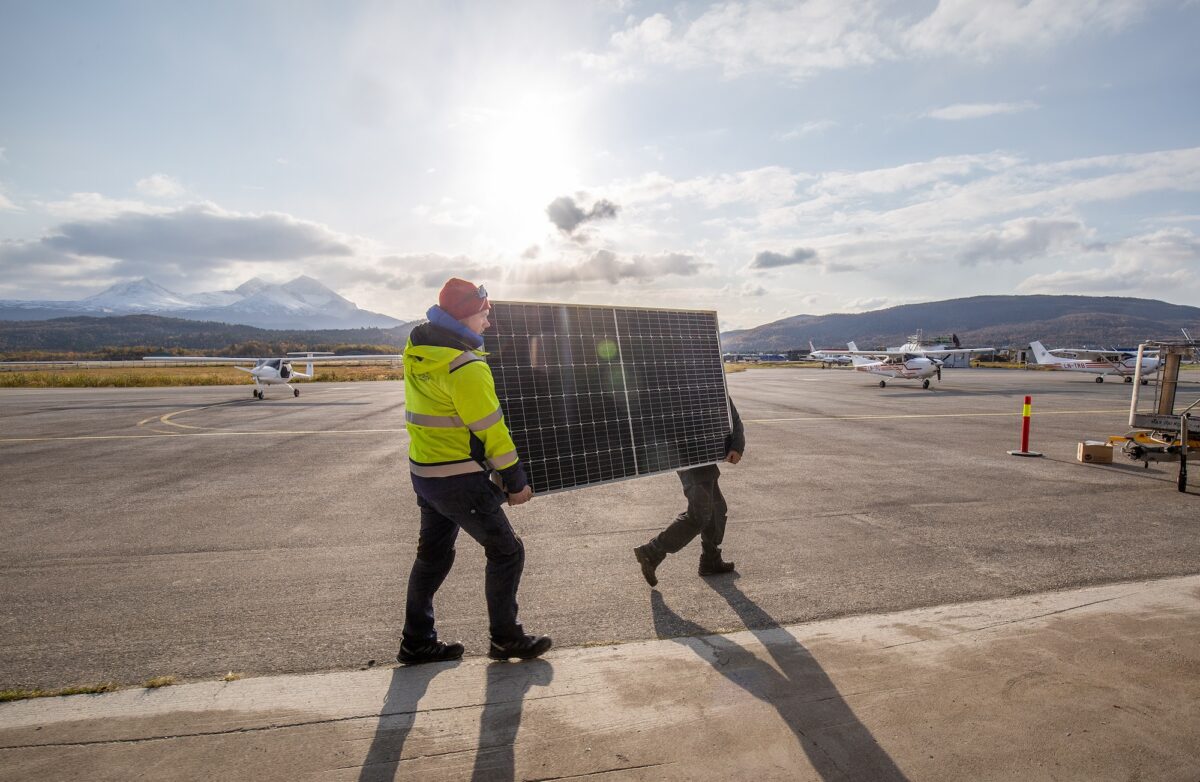
Research that matters
“We are uniquely situated in the Arctic, and climate, biology and the environment are central issues in our research and how we aim to both understand and improve our world,” says Gjærum says.
UiT is at the forefront of understanding and combating climate change. Our research spans the natural sciences — for instance studying wildlife, ecosystems, and glaciers. There are a multitude projects working with SDG 14 (life under water), SDG 7 (Clean and affordable energy) and SDG 15 (Life on land)
One example is The Climate-ecological Observatory for Arctic Tundra (COAT), a centre for research that monitors how climate change effects the important but fragile ecosystems of the high North, using modern technology and working in close cooperation with local governments, associations, and private citizens.
But UiT also put a heavy emphasis on the humanities side of sustainability – the humans that live in the Arctic, our shared culture, public health, the infrastructure and how we can make a sustainable future for all living beings in the North.
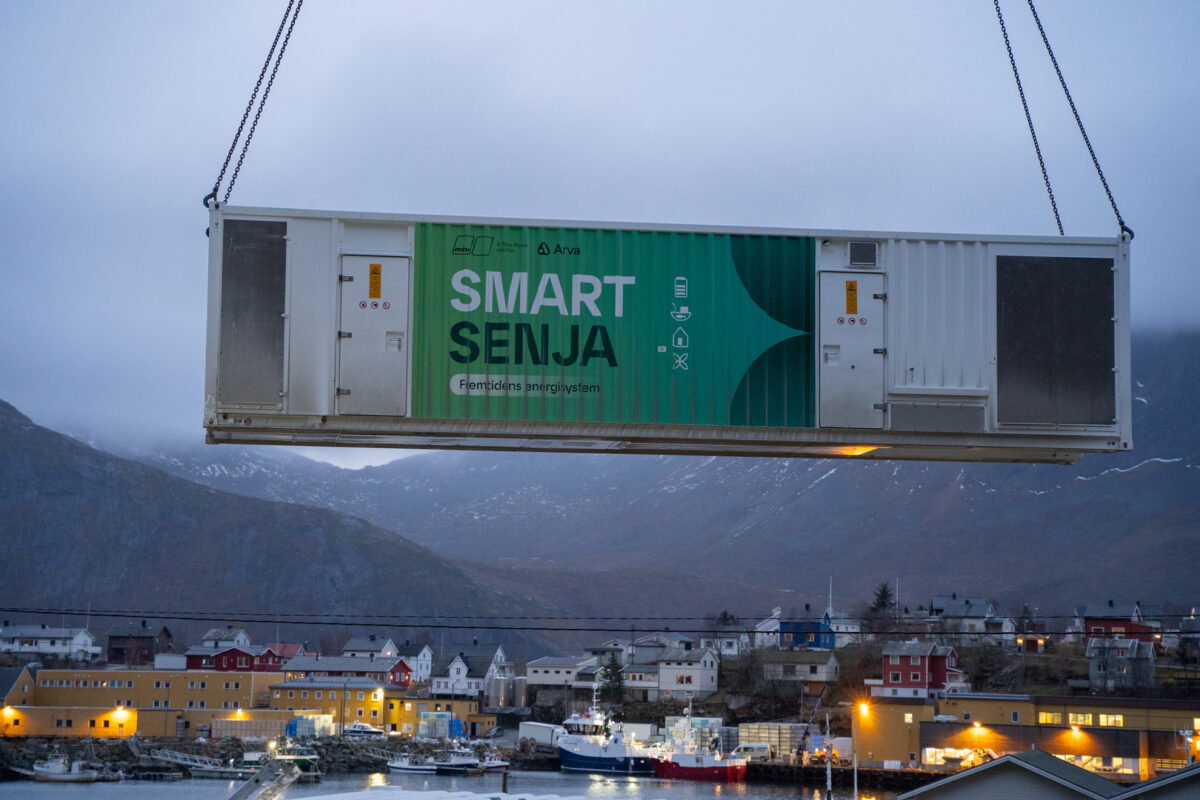
Global Influence Through Local Action
Looking ahead to 2029, the city of Narvik will host the FIS Alpine World Ski Championships, the world’s 2nd largest winter sports event after the Winter Olympic Games. The slopes literally run right next to the UiT buildings, which will among other things host the press centre.
“But the main reason we are a partner for the Championships is the many research and development projects that we will pioneer together,” says Gjærum.
UiT see the World Championship as a great opportunity for SDG 9 (Industry, Innovation and Infrastructure), 11(Sustainable Cities and Communities) and 17 (Partnership for the Goals). UiT will highlight potential collaborations in clean water management, de-icing, efficient lighting for TV, sustainable tourism and more.
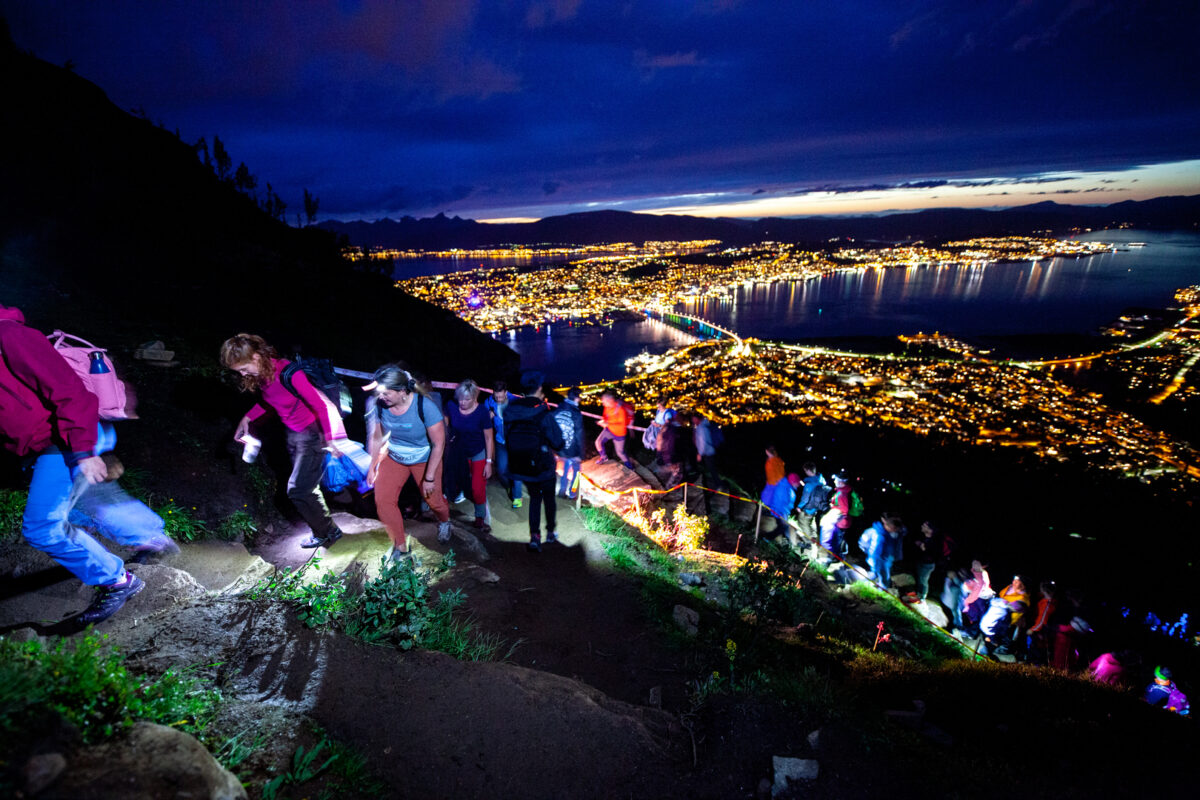
Uniting Through Art
“We also work within SDG 17 to come together through art and challenge communities all over the world to reflect on sustainability through their own art projects,” Gjærum says.
UiT took the initiative to a theme issue in the Nordic Journal of Art and Research, named “Aesthetics and Ethics: Arts Education as a Catalyst for Sustainable Development”. The idea was to publish 17 contributions that could cover the 17 sustainability goals. But they ended up with a total of 23 scientific articles and artistic projects from 15 countries across the globe, including Brazil, Kurdistan, New Zeeland and Finland.
“At UiT, the Sustainability Goals are all-encompassing, across a wide range of themes, methods, and implications. We must remember them all,” says the Vice-Rector.
.
In the cover: The venue of the Alpine World Ski Championships in 2029 in Narvik, overlooking the city and the Ofot fjord. UiT is working closely with the organisers on several potential sustainability projects
Photocredit: © Torje Kosmo Karlse

